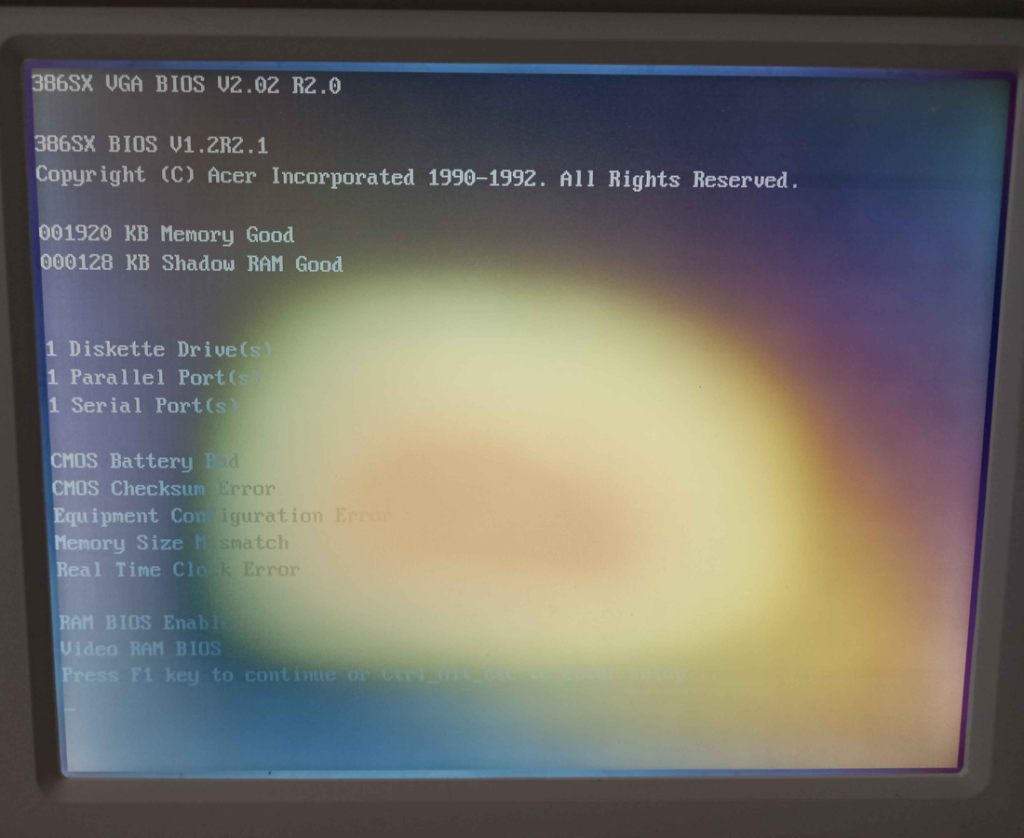LCD Stackup Repair: Not For The Faint Of Heart – Hackaday

Coming straight to the point: [Ron Hinton] is significantly braver than we are. Or maybe he was just in a worse situation. His historic Acer K385s laptop suffered what we learned is called vinegar syndrome, which is a breakdown in the polarizers that make the LCD work. So he bit the bullet and decided to open up the LCD stack and replace what he could.Nothing says “no user serviceable parts inside” quite like those foil-and-glue sealed packages, but that didn’t stop [Ron]. Razor blades, patience, and an eye ever watchful for the connectors that are seemingly everywhere, and absolutely critical, got the screen disassembled. Installation of the new polarizers was similarly fiddly.In the end, it looks like the showstopper to getting a perfect result is that technology has moved on, and these older screens apparently used a phase correction layer between the polarizers, which might be difficult to source these days. (Anyone have more detail on that? We looked around and came up empty.)This laptop may not be in the pantheon of holy-grail retrocomputers, but that’s exactly what makes it a good candidate for practicing such tricky repair work, and the result is a readable LCD screen on an otherwise broken old laptop, so that counts as a win in our book.If you want to see an even more adventurous repair effort that ended in glorious failure, check out [Jan Mrázek]’s hack where he tries to convert a color LCD screen to monochrome, inclusive of scraping off the liquid crystals! You learn a lot by taking things apart, of course, but you learn even more by building it up from first principles. If you haven’t seen [Ben Krasnow]’s series on a completely DIY LCD screen, ITO-sputtering and all, then you’ve got some quality video time ahead of you.Kudos to Ron for this repair, definitely not one for the faint hearted.I recently successfully disassembled, cleaned and reassembled a TFT television that had been thrown away because, somehow, there was a cooking oil between the non bonded layers of plastic that make up the backlight diffuser, polariser etc and that was tricky enough because of the COB flexes.Sounds like it was in a kitchen displaying orders.I’ve “peeled” so many of these damn things, and ruined plenty. There’s nothing magic, but some of the films do seem to make amazing things happen. 3M makes the prismatic BEF films that go over the blacklight, they’ve got adjustable angles and you use two, then there’s this stuff called ESR film, or enhanced specular reflector, which looks like foil sheet but is completely non-metallic and reflects in the 90% range and goes behind the back light. I wouldn’t be surprised if with modern films you can get much higher visual quality, brightness and angle on older screens. Look up “American Polarizers” – they sell to yahoos too.Yes, American Polarizer is the LCD film supplier I used for decades. BEF, DBEF (especially DBEF-D400), diffusers and ESR, mostly for brightness enhancement. I also used lots of linear polarizers. Polatechno mostly, from Japan.
What you are looking for is quarter wave film. Very thin clear sheets with optical PSA on it and release liner, to be used with the linear polarizer.The Tektronix TDS210 and TDS220, as well as THS710, THS720 and THS 730 scopes in their variants use LCD displays that also require the phase correction filter.
It would be great to find a supplier, I have a number of scopes that suffer from the vinegar syndrome.
I’ve tried a few from Aliexpress, including ones stated to work with these HSTN displays, and all gave the purple/yellow colour instead of black/white…At this age, it’s not if, but when it happens…There would be a lot of repairable displays if there was just a reliable source of the correct polarizer.As i understand it, the phase correction stuff has some kind of noxious chemistry involved that makes it hard to justify spooling back to life these days.while I certainly like the maroonish black of these early LCDs, I feel its better long term to just replace the LCD with a modern equivalent, if only to document the pixel data and clock driver.For screens that have enough documentation to implement a modern IPS replacement for that’s definitely a nicer sounding option, but it’s often a lot of model-specific esoteric stuff with limited to non-existent service or design manuals, so retinting the windows seems a much more univeral process sadlyThere’s some interesting notes around finding a replacement for the phase compensation film here: https://www.vogons.org/viewtopic.php?p=1297031#p1297031Sticky tape seems to work!Very interesting! I guess I’ll be pulling out the roll of packing tape next!“phase correction layer” = quarter wave plate of a circular polarizer? Circular polarizers are generally considered to have higher optical qualities but not used in modern displays as far as I knowPlease be kind and respectful to help make the comments section excellent. (Comment Policy)This site uses Akismet to reduce spam. Learn how your comment data is processed.
By using our website and services, you expressly agree to the placement of our performance, functionality and advertising cookies. Learn more
Source: https://hackaday.com/2025/02/23/lcd-stackup-repair-not-for-the-faint-of-heart/



